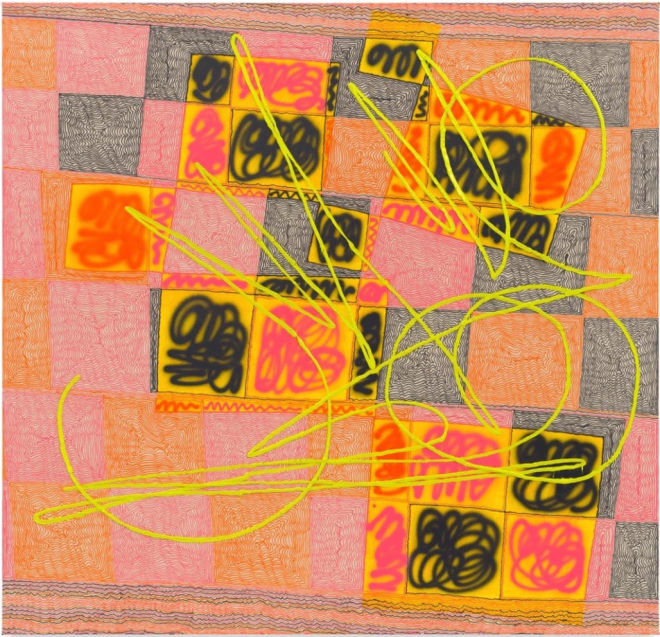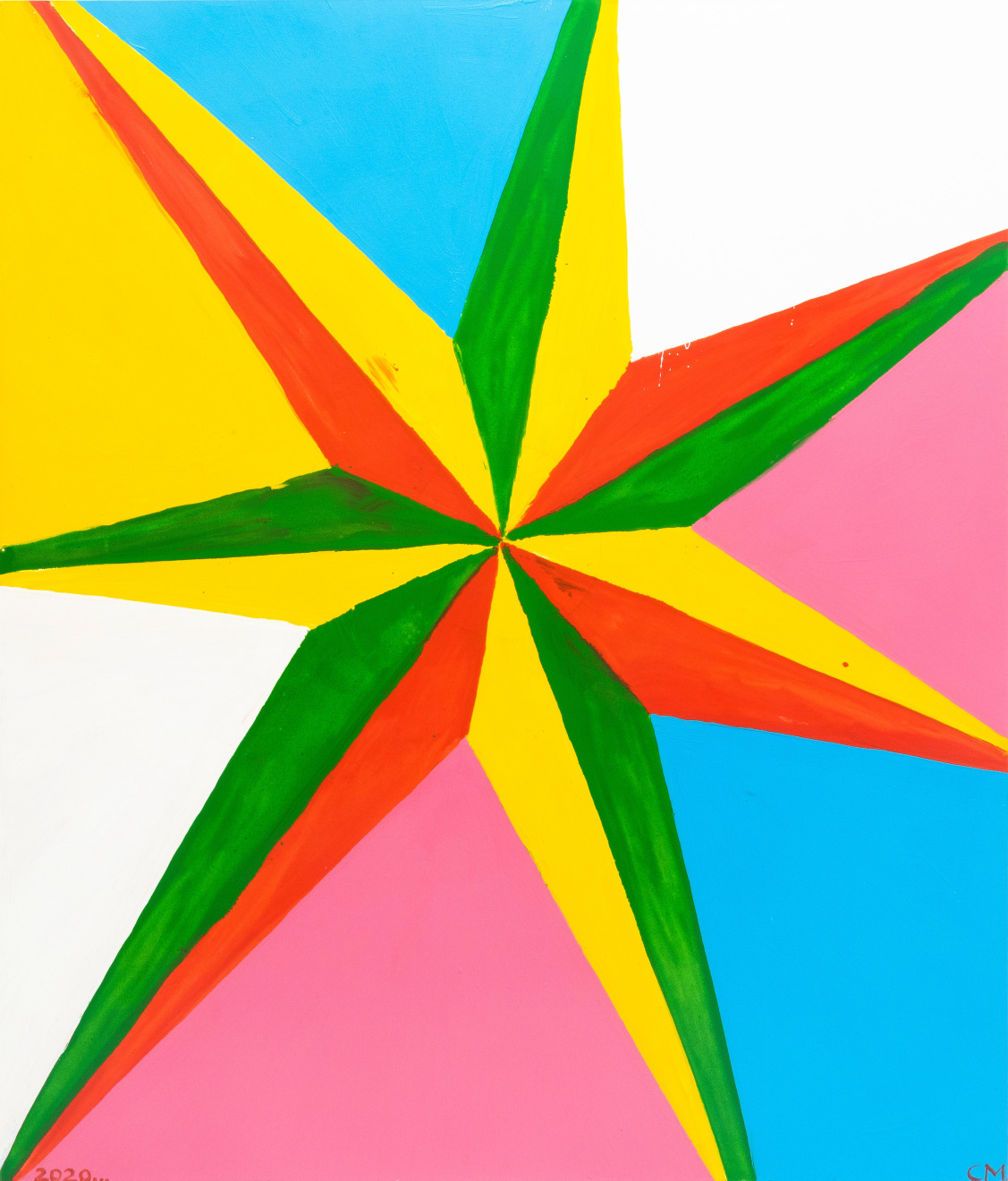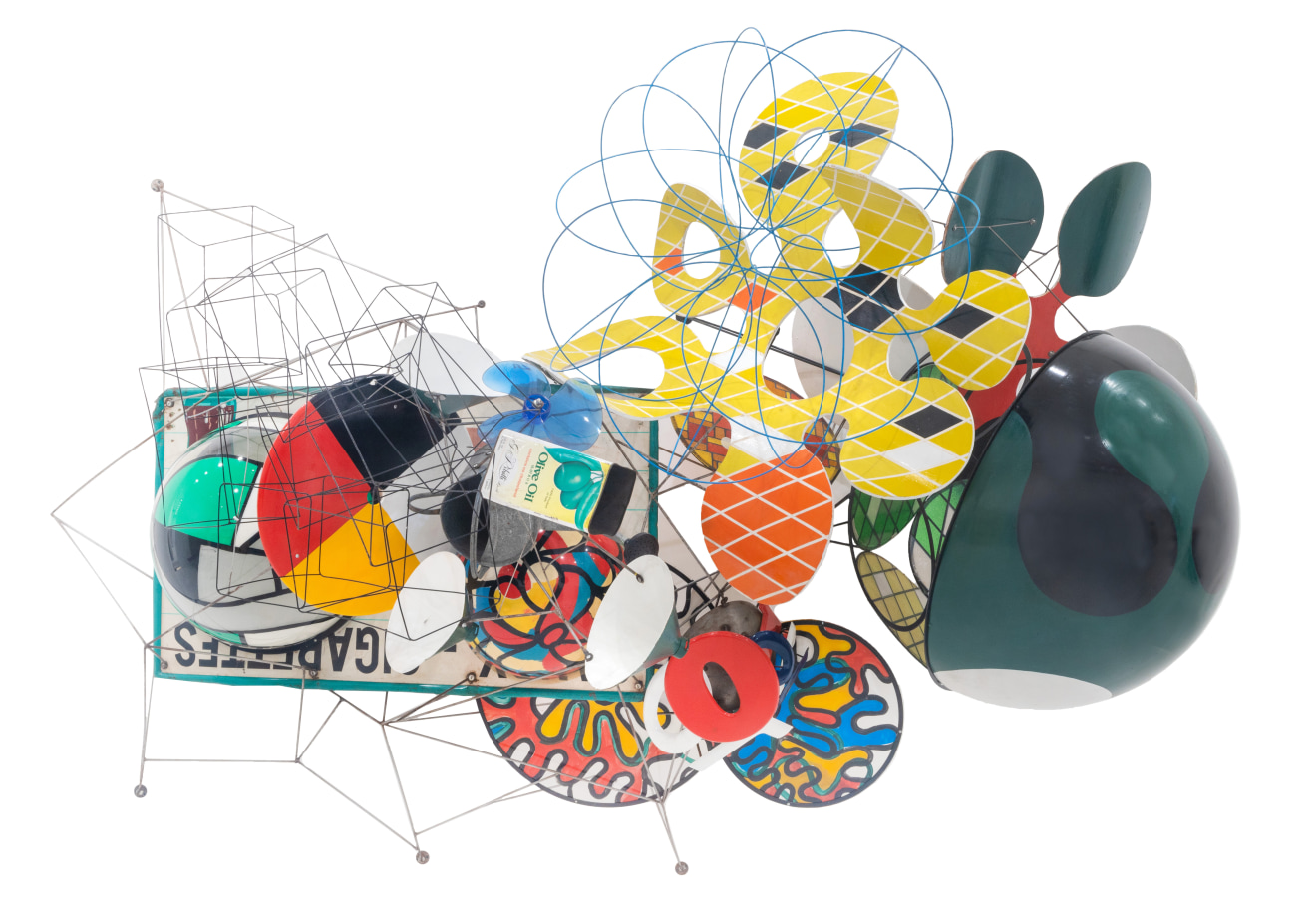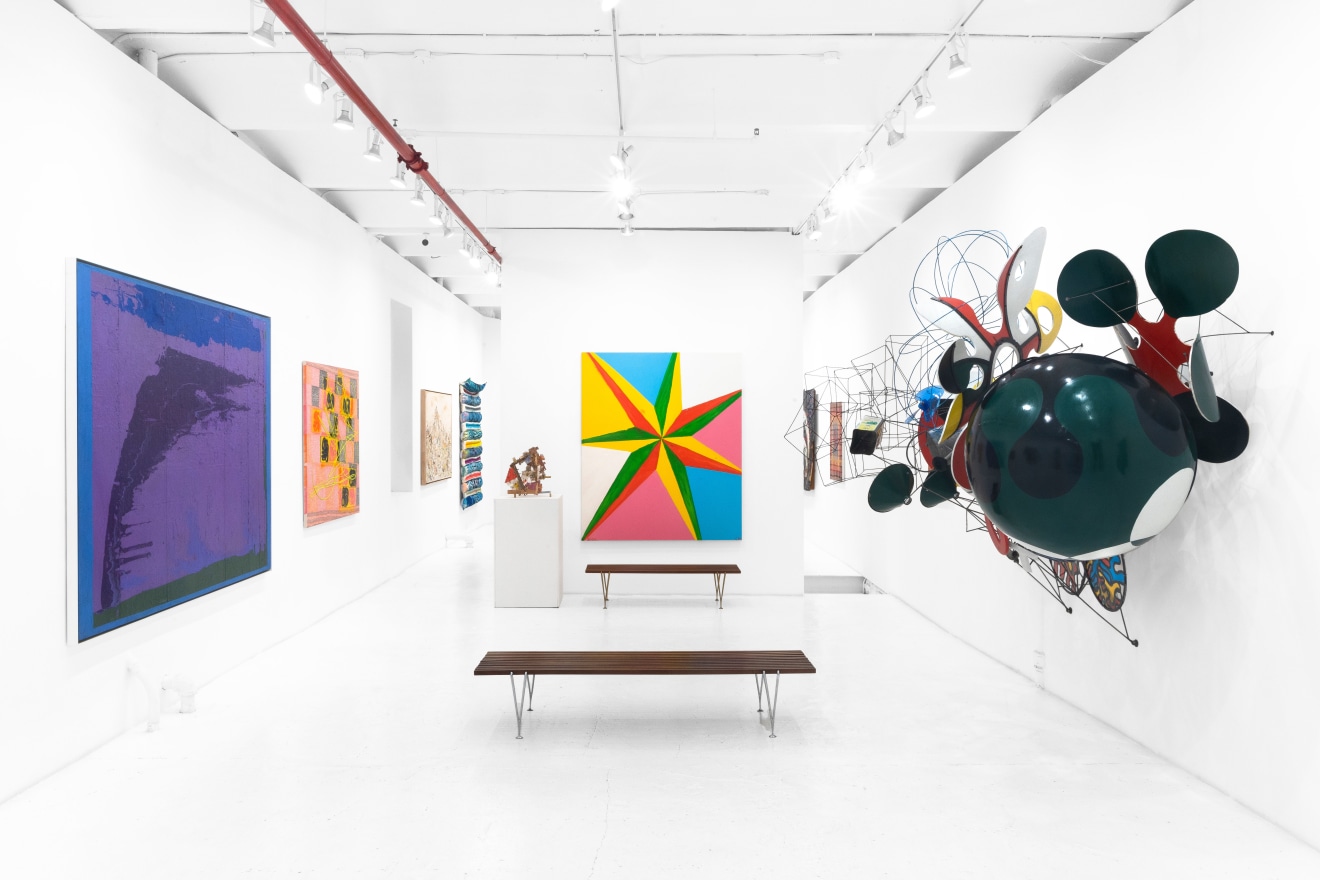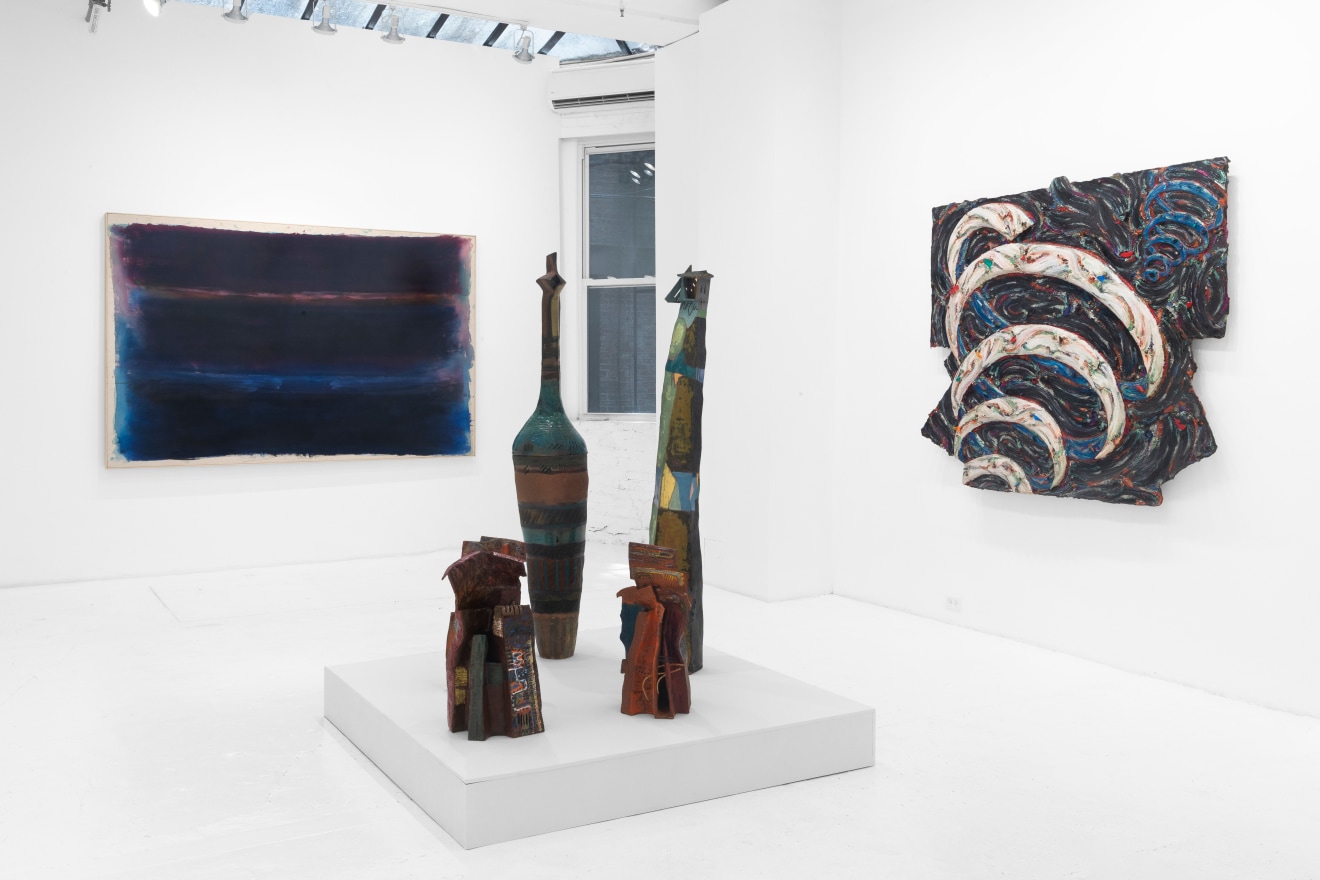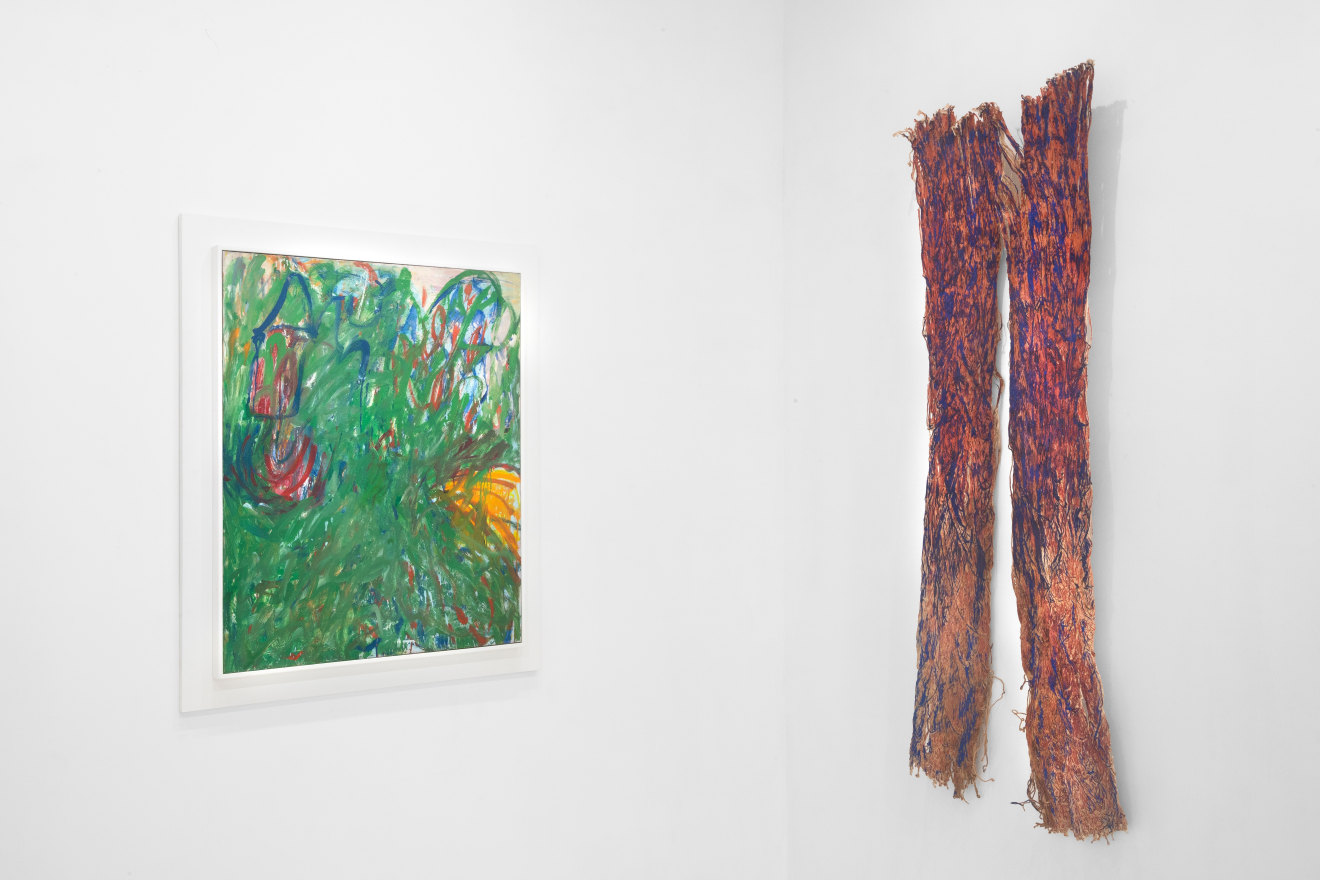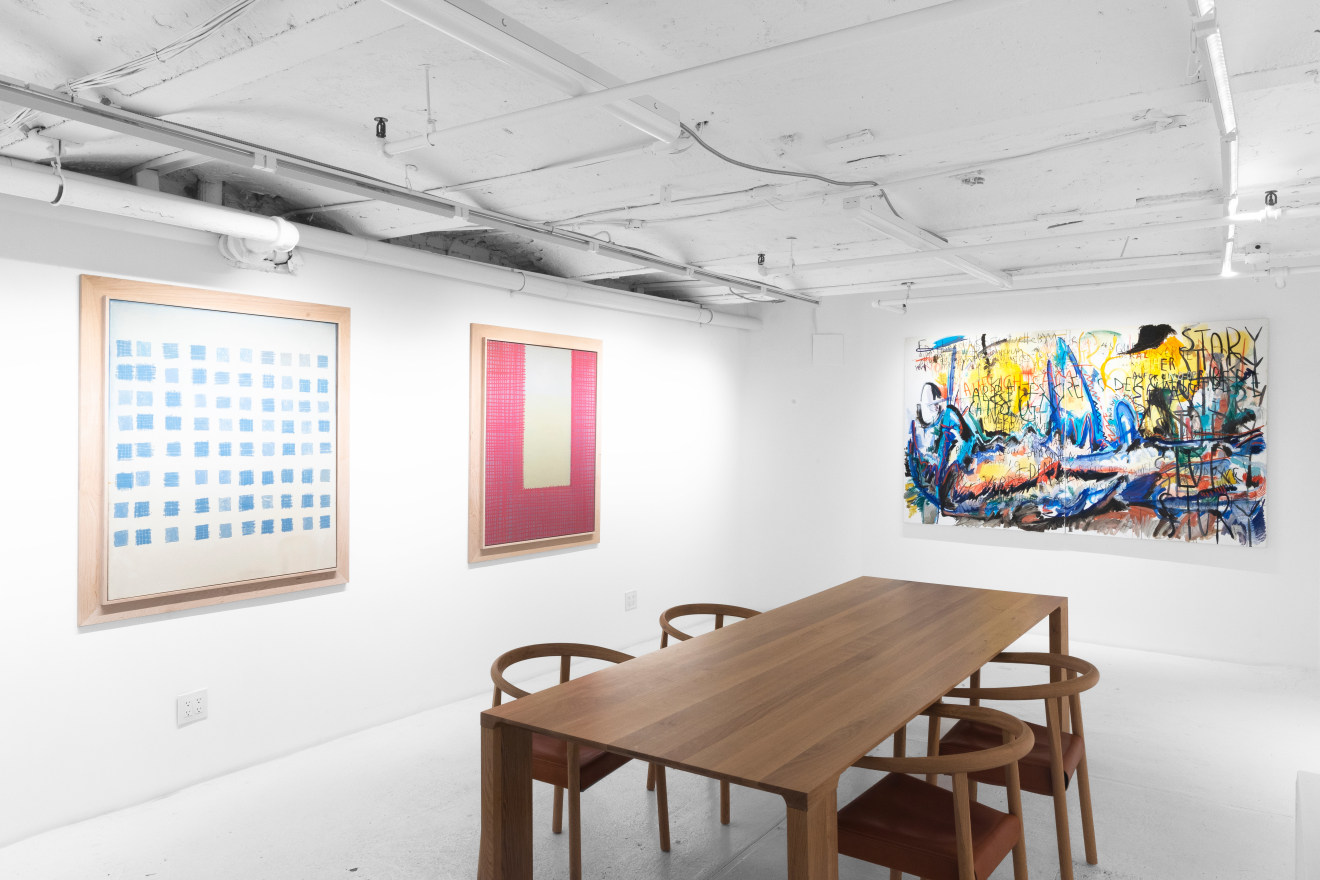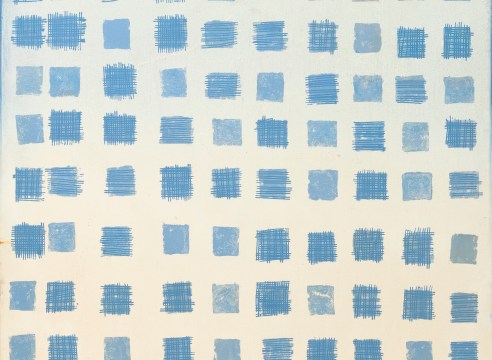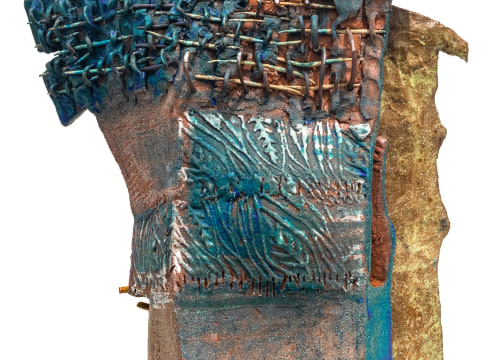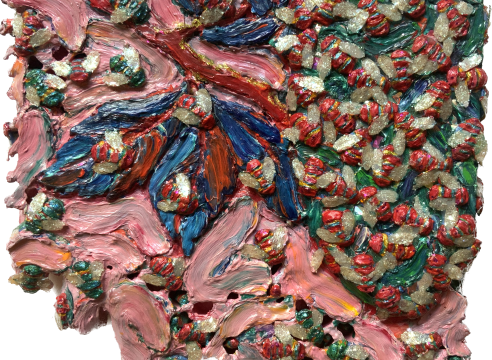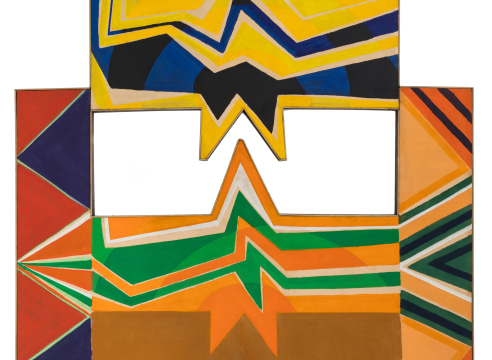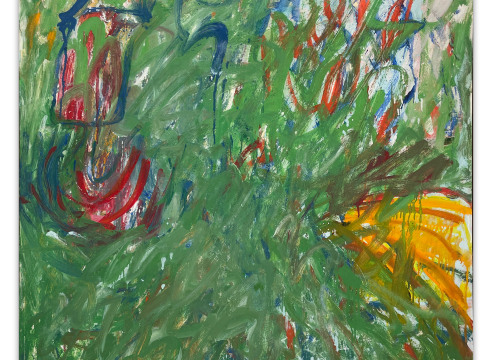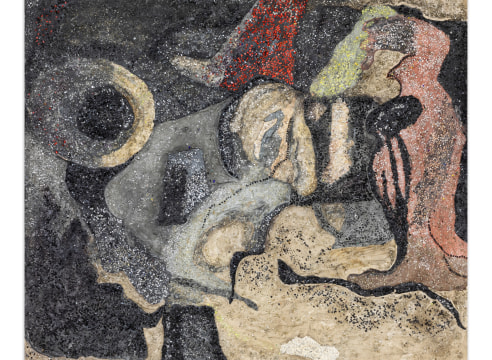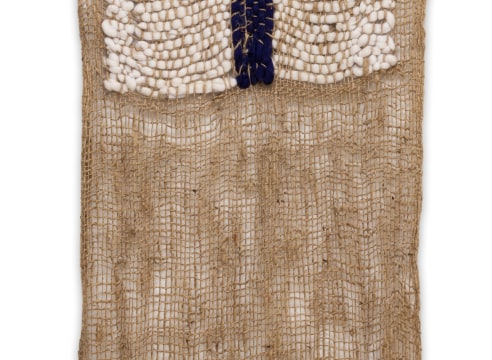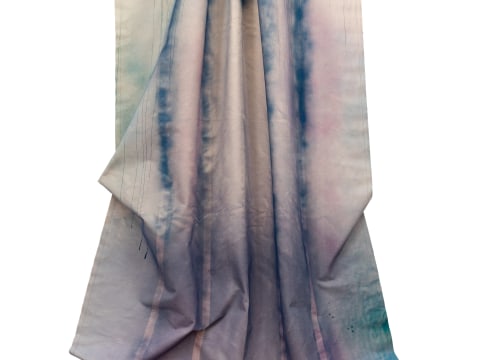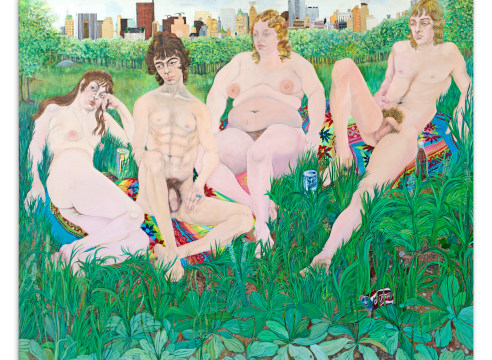
Trudy Benson · Uday Dhar · Martha Edelheit · Viola Frey · Ted Gahl · Tamara Gonzales · Meg Lipke · Pat Lipsky · Reginald Madison · Chris Martin · Sana Musasama · Keiko Narahashi · Helen Oji · Helen O’Leary · Joe Overstreet · Pat Passlof · Judy Pfaff · Ben Pritchard · Jeanne Reynal · Toni Ross · Jenny Snider · Despina Stokou · Huê Thi Hoffmaster · Richard Tinkler · Nina Yankowitz
Eric Firestone Gallery is pleased to announce the second iteration of (Mostly) Women (Mostly) Abstract, a sweeping two-part exhibition across its East Hampton and New York City locations with a cross-generational group of artists. The exhibition focuses on abstraction and represents aesthetic conversations over time between contemporary artists and represented gallery artists and estates.
(Mostly) Women (Mostly) Abstract shows how content is embedded in abstraction. The work on view reflects multiculturalism, daily life, and domesticity, and employs references to sound, language, and place. The exhibition showcases artists who haven’t always operated in the center of the art world, but who charted a deeply personal path, and utilized experimental techniques, materials, and processes.
In broad terms, the exhibition considers the condition of “otherness” as manifest in abstraction, in terms of ethnicity, race, gender, and sexual orientation. The exhibition reflects Eric Firestone Gallery’s central mission: to examine the ever-expanding canon of Post-War painting and sculpture in New York.
Several works in the exhibition reflect domesticity, craft traditions, and decoration. Judy Pfaff, a pioneer of installation art since the 1970s, synthesizes sculpture, painting, and architecture into dynamic environments. Her work incorporates a host of materials, each chosen with careful intentionality. A major work from the late 1980s will be on view. Pfaff has said:
Most of the work I like has a funny kind of storytelling. One’s life is in it: including the cleaning, the cooking, the child-caring. The men I knew at Yale didn’t waste their time on silly things. I can, and I do—and that’s what I like in the work. Women are beginning to see that they can talk about themselves. Right now, that is available. It never used to be.
This tendency also manifests itself in the work of Jenny Snider (b. 1944), Tamara Gonzales (b.1969), Nina Yankowitz (b. 1946), and Toni Ross (b. 1957). Snider credits her involvement with second-wave feminism for expanding her understanding of art to include the handmade arts of daily life: sewing, quilting, folk, and outsider art. Textiles and nature often inspire Tamara Gonzoles’s works, while others are created through her own generative mark-making on paper or canvas. Over the last ten years Gonzales’s travels to Peru, and her visionary experiences and friendships with the Shipibo people have become a source of both inspiration and collaboration in her work.
The ceramic sculpture of Sana Musasama (b. 1957) is similarly informed by her global travels, and interests in women’s studies and indigenous artistic practices. For Musasama, clay was the geographical catalyst that first brought her to West Africa where she studied pottery with the Mende people in Sierra Leone. Later venturing to Japan, China, Cambodia, and South America, she continued her quest, expanding her interests to tribal adornment practices. She is challenged by issues concerning women’s safety, specifically rituals involving rites of passage and female chastity.
Sculptor Helen O’Leary (b. 1961) has described her work as reflecting a feminism that speaks to women’s resourcefulness and strength. Born and raised in Ireland, she, along with her mother and sister, farmed the land and managed the home after her father’s premature death. Her work stitches together hundreds of tiny pieces of wood, like sticks found on the land, to form works both monumental, yet also vulnerable and precarious.
Other work in the exhibition employs a softening and loosening of the grid and compositional structures that defined (and limited) modernist painting. This is visible in the stain paintings of Pat Lipsky (b. 1941) and the improvisational webs of Richard Tinkler (b. 1975).
Uday Dhar depicts abstracted flowers, which he describes as a metaphor for multiculturalism and gender fluidity. Because flowers have both male and female reproductive capacities and can be pollinated in a variety of ways, he sees them as emblematic of hybridity and related to his experience as an American artist of Indian descent. Similar concerns inflect the abstracted flowers of Vietnamese American painter Huê Thi Hoffmaster (b. 1982). Hoffmaster’s clustered lines also suggest calligraphic writing. Despina Stokou (b. 1978) combines text and dense layers of brushwork. She removes words from personal and political narratives, which then become layered on her canvases.
This exhibition also showcases several mid-century women abstractionists, including Pat Passlof (1928–2011) and mosaicist Jeanne Reynal (1903–83).
(MOSTLY) WOMEN (MOSTLY) ABSTRACT
will be on view through October 20, 2023
Eric Firestone Gallery | 40 Great Jones Street, New York, NY 10012
For further information and images, contact: press@ericfirestonegallery.com

